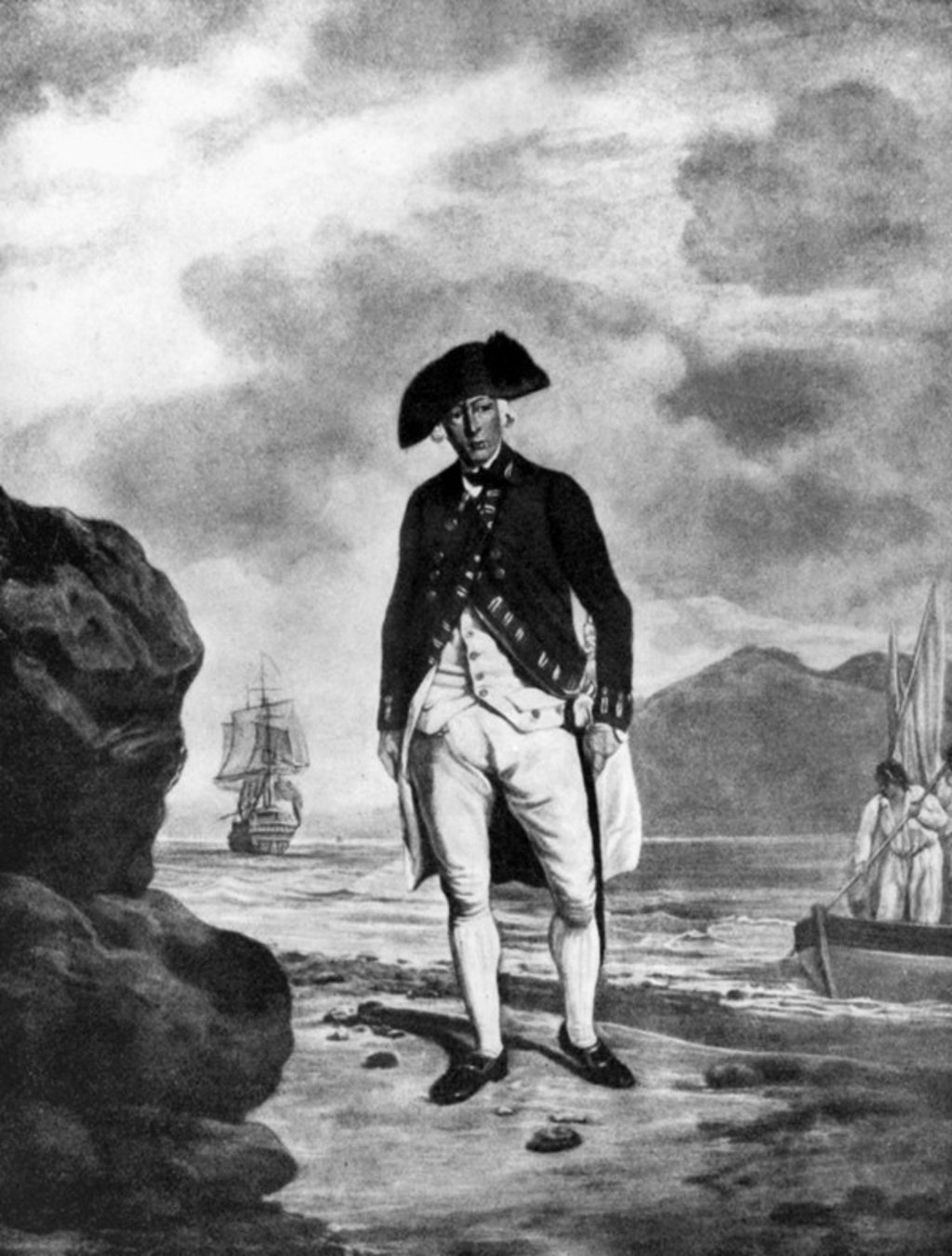Language Matters | Myth busting: where the word ‘kangaroo’ really came from – spoiler, it doesn’t mean ‘I don’t know’
Little did the European settlers know, but Australia’s indigenous peoples spoke more than 250 languages

Myth: Kangaroo was an answer meaning “I don’t know” when Australian Aboriginal people were asked by newly arriving Europeans about the animal. Here’s how it unfolded.
When Governor Arthur Phillip arrived with the First Fleet, in 1788, in what would become Sydney, he had with him an Aboriginal wordlist compiled by Joseph Banks, chief botanist on Captain James Cook’s first voyage, 18 years earlier, exploring Australia’s east coast.
Banks’ New Holland Language was expected to aid communication with the indigenous people. It included the word kangaroo – Banks’ record of what the Aboriginal people called the largest of the quadrupeds the European party had observed when Cook’s coral-damaged ship was beached for repairs, in the far north of what is now Queensland. The word and animal skins had been taken back to England and a commissioned painting of it was exhibited in 1773, making this unusual animal, and its name, well known.
On encountering the Aboriginal peoples of the Sydney area, Phillip’s party used the word kangaroo in reference to such an animal, and were surprised to find this met with puzzlement. Had Cook misunderstood?
Only later did the Europeans realise the language of the area had different names for each species of kangaroo and that the indigenous people spoke more than 250 different languages at the time of European settlement.


